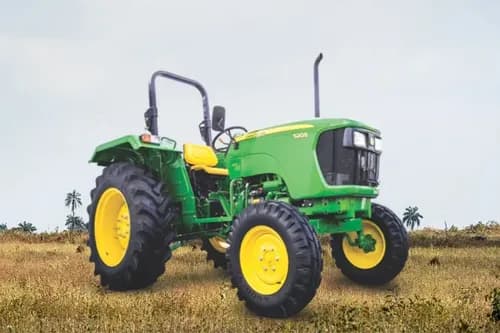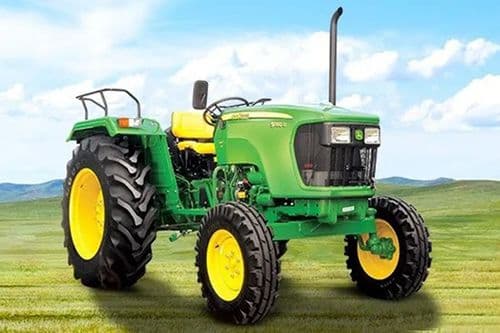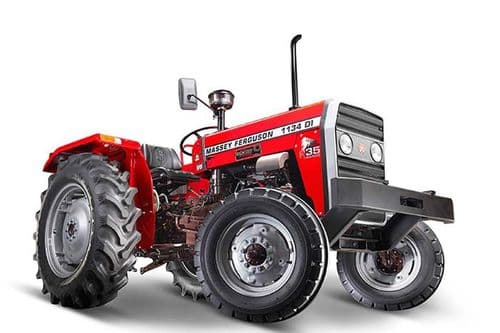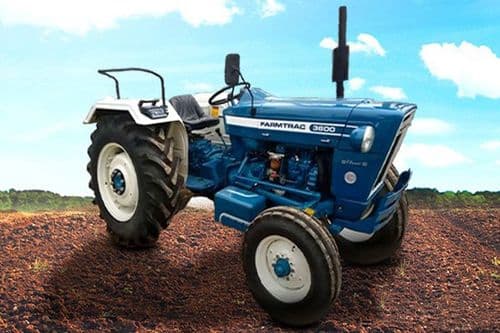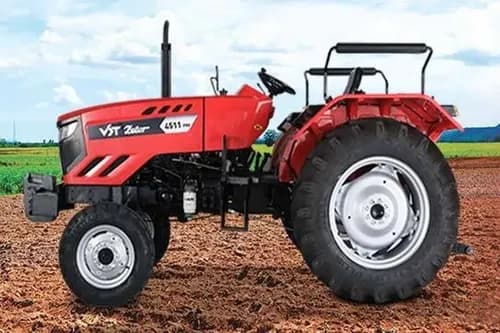Ad
Ad
3 Cylinder vs 4 Cylinder Tractor Engines: Which is Better? Exploring the Key Differences & Considerations
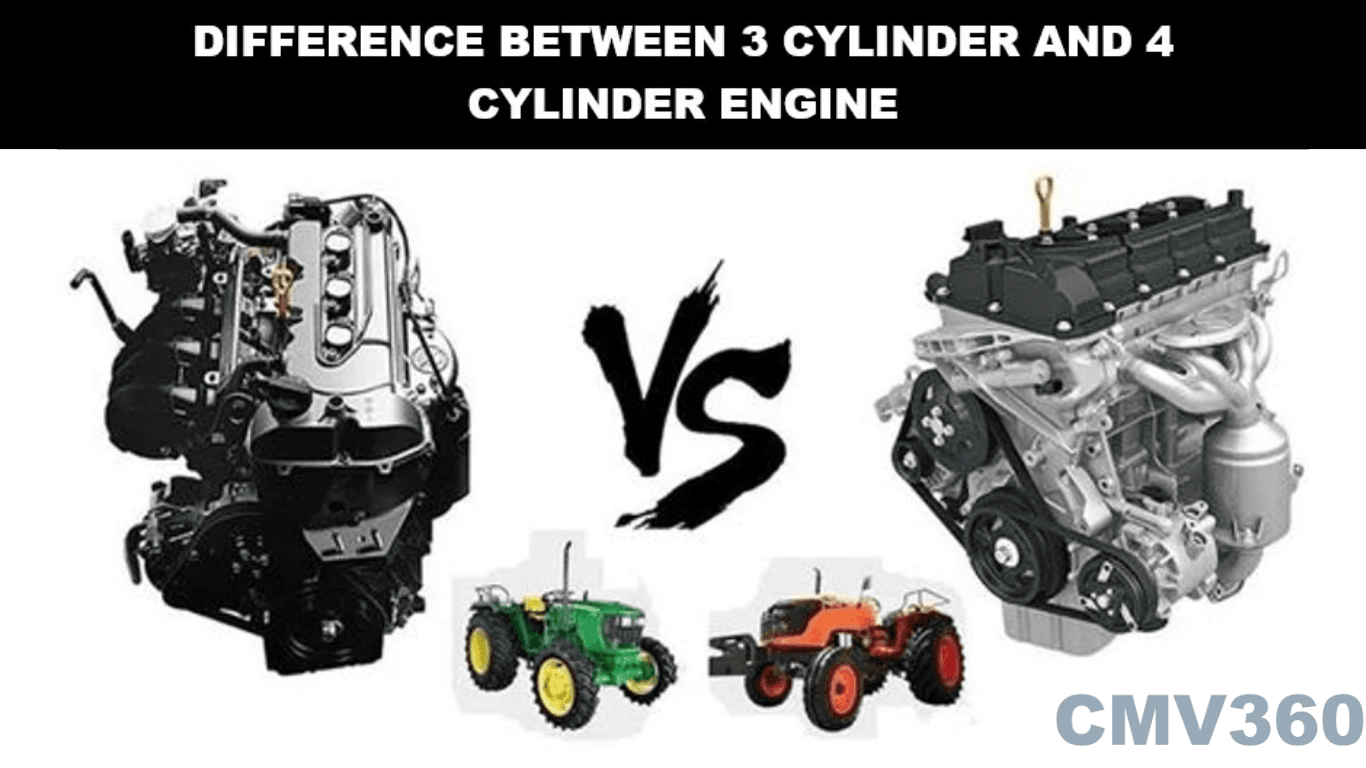
Key Highlights
- 3-cylinder engines: Compact, fuel-efficient, cost-effective, suitable for light to medium-duty tasks.
- 4-cylinder engines: Powerful, versatile, balanced performance, suitable for medium to heavy-duty agricultural operations.
- Considerations: Power needs, efficiency, budget constraints, maintenance requirements, and operational tasks influence engine choice.
The heart of a powerful tractor lies in its engine. Like the human body, where the soul resides within, the engine serves as the soul of a tractor. Therefore, when considering tractors, understanding the specifications of the engine becomes important. Among the crucial details to inspect is the number of cylinders present in the engine of a tractor.
In the realm of tractors, two well-known engine configurations are common: the three-cylinder engine and the four-cylinder engine. Each of these engines possesses distinct characteristics that permit a closer examination. In this article, we will go into the comparative analysis of 3-cylinder vs 4-cylinder engines, taking into consideration their respective merits and demerits accordingly.
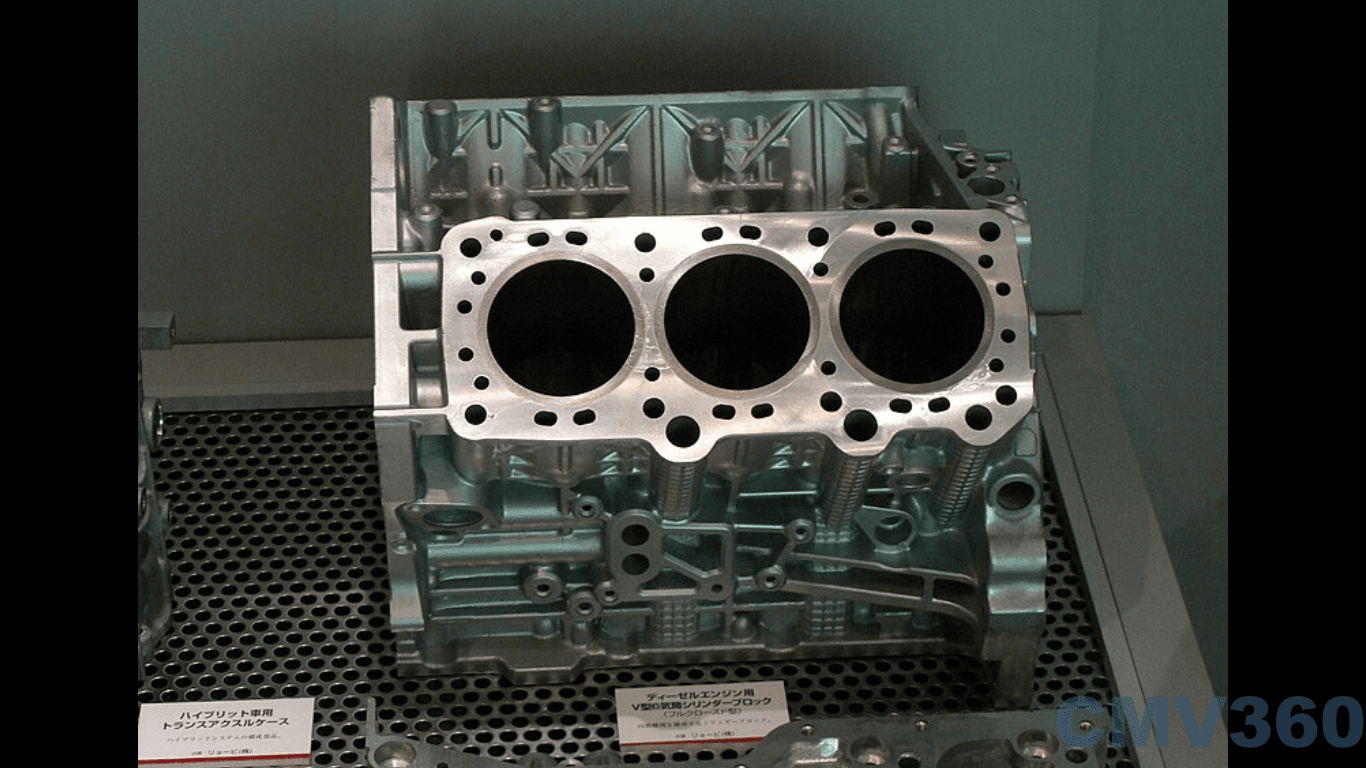
Understanding the 3-Cylinder Engine
A 3-cylinder engine is a type of internal combustion engine characterized by the arrangement of three cylinders in line. These cylinders are aligned in a row, sharing a common crankshaft. Unlike the 4-cylinder engine, the firing order in a 3-cylinder engine occurs every 120 degrees.
Also Read: Understanding Tractor Overheating | Why it Happens and How to Prevent It
Benefits of 3-Cylinder Engine
- Higher Fuel Efficiency: The smooth design of 3-cylinder engines translates into fewer moving parts and reduced friction, thus enhancing the fuel efficiency compared to their 4-cylinder counterparts.
- Cost-Effective: With fewer components and reduced material requirements, manufacturing 3-cylinder engines is generally more economical, resulting in lower overall costs for tractors equipped with such engines.
- Low Friction: The minimal metal-to-metal contact in 3-cylinder engines minimizes friction losses, contributing to their operational efficiency.
- Compact Size: The compact design of 3-cylinder engines enables them to fit into confined spaces, making them suitable for diverse tractor configurations.
Disadvantages of 3-Cylinder Engine
- Increased Vibration: Balancing a 3-cylinder engine with three pistons poses challenges, leading to higher vibration levels compared to the 4-cylinder engines.
- Noise Levels: 3-cylinder engines tend to produce more noise than their 4-cylinder counterparts, partly due to their lighter build and reduced space for their noise-dampening components.
- Shorter Lifespan: The workload distributed among three pistons subjects them to higher stress levels, potentially reducing the engine's longevity.
- Limited Power: Due to their smaller size and capacity, 3-cylinder engines may not suffice for heavy-duty agricultural tasks, offering limited power output.
Applications of 3-Cylinder Engines
Despite their limitations, 3-cylinder engines find extensive use in various agricultural and industrial applications. Their compact size and fuel efficiency make them ideal for small to medium-sized tractors used in tasks such as landscaping, gardening, and light agricultural work. Additionally, their cost-effectiveness appeals to budget-conscious farmers and businesses seeking reliable yet economical machinery.
Also Read: Top 10 Best-Selling Tractors in the 40 to 50 HP Range in India: Explore Prices and Features
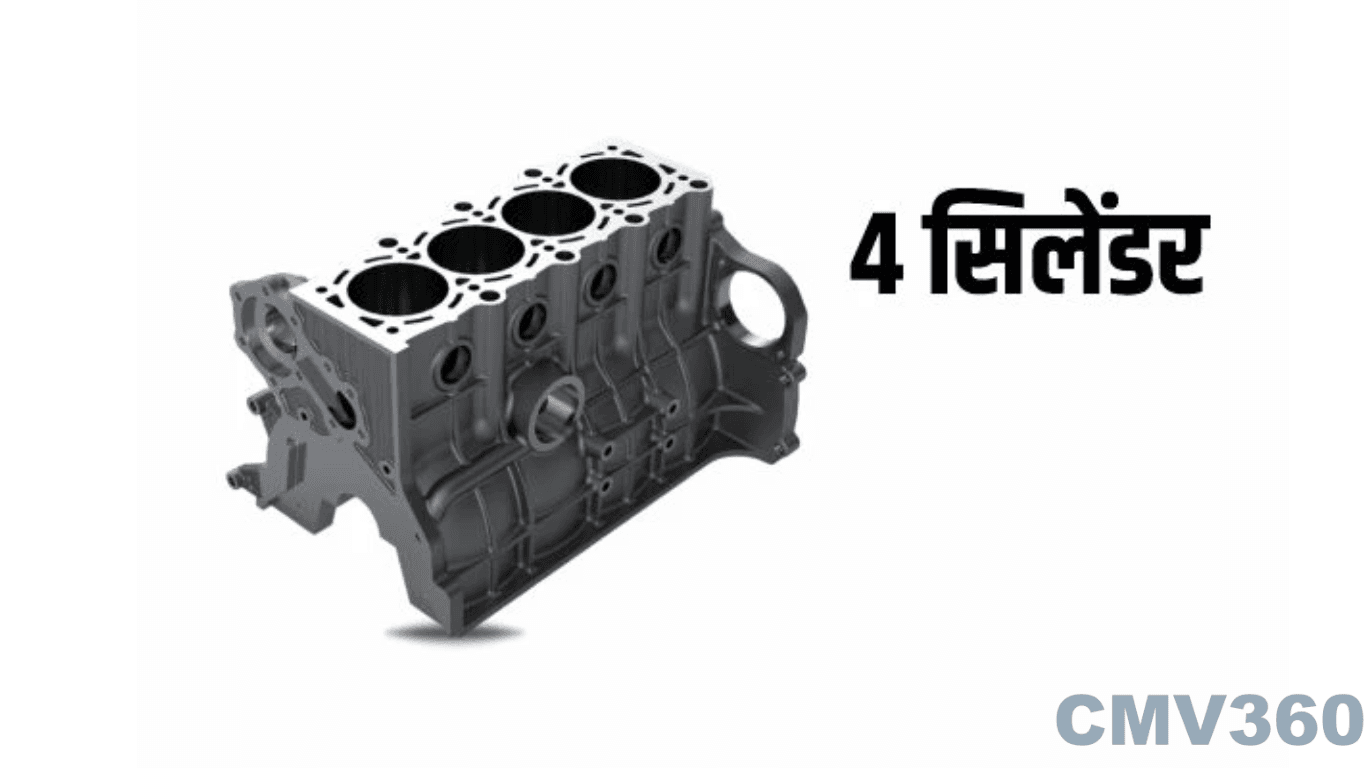
Understanding the 4-Cylinder Engine
A 4-cylinder engine represents another variant of internal combustion engines, featuring four separate cylinders, each housing an individual piston. These cylinders are typically arranged in a straight line or a "V" shape, with each piston undertaking specific functions in the cycle of combustion.
Advantages of 4-Cylinder Engine
- Uniform Power Delivery: The firing order of 4-cylinder engines ensures balanced power delivery across different RPM ranges, facilitating consistent performance.
- Enhanced Response: With a piston continually generating power, 4-cylinder engines exhibit superior responsiveness compared to their 3-cylinder counterparts.
- Greater Power and Performance: The multiple cylinders in 4-cylinder engines translate into enhanced power output and smoother operation, enabling efficient execution of various agricultural tasks.
- More Torque: 4-cylinder engines generally boast higher torque levels than 3-cylinder engines, empowering tractors to tackle heavier loads with ease.
- Smooth Operation: Reduced vibration in 4-cylinder engines results in smoother operation, offering enhanced comfort to drivers and minimizing wear and tear on the vehicle.
Disadvantages of 4-Cylinder Engine
- Higher Cost: The additional components and complexity associated with 4-cylinder engines often translate into higher upfront costs compared to 3-cylinder engines.
- Increased Fuel Consumption: The presence of an extra cylinder contributes to higher fuel consumption in 4-cylinder engines, impacting operational costs.
- Higher Maintenance Costs: With more parts to maintain, 4-cylinder engines may experience higher maintenance expenses over their lifespan.
Applications of 4-Cylinder Engines
Despite their higher costs and fuel consumption, 4-cylinder engines find favor in a wide range of agricultural and industrial settings where power, performance, and versatility are paramount. Their ability to deliver consistent power across various loads and tasks makes them indispensable for medium to large-scale farming operations, including plowing, tilling, harvesting, and hauling. Moreover, their smooth operation and enhanced torque render them suitable for heavy-duty tasks requiring sustained power and efficiency.
Also Read: Top 5 Most Expensive Tractors of 2024 in the World
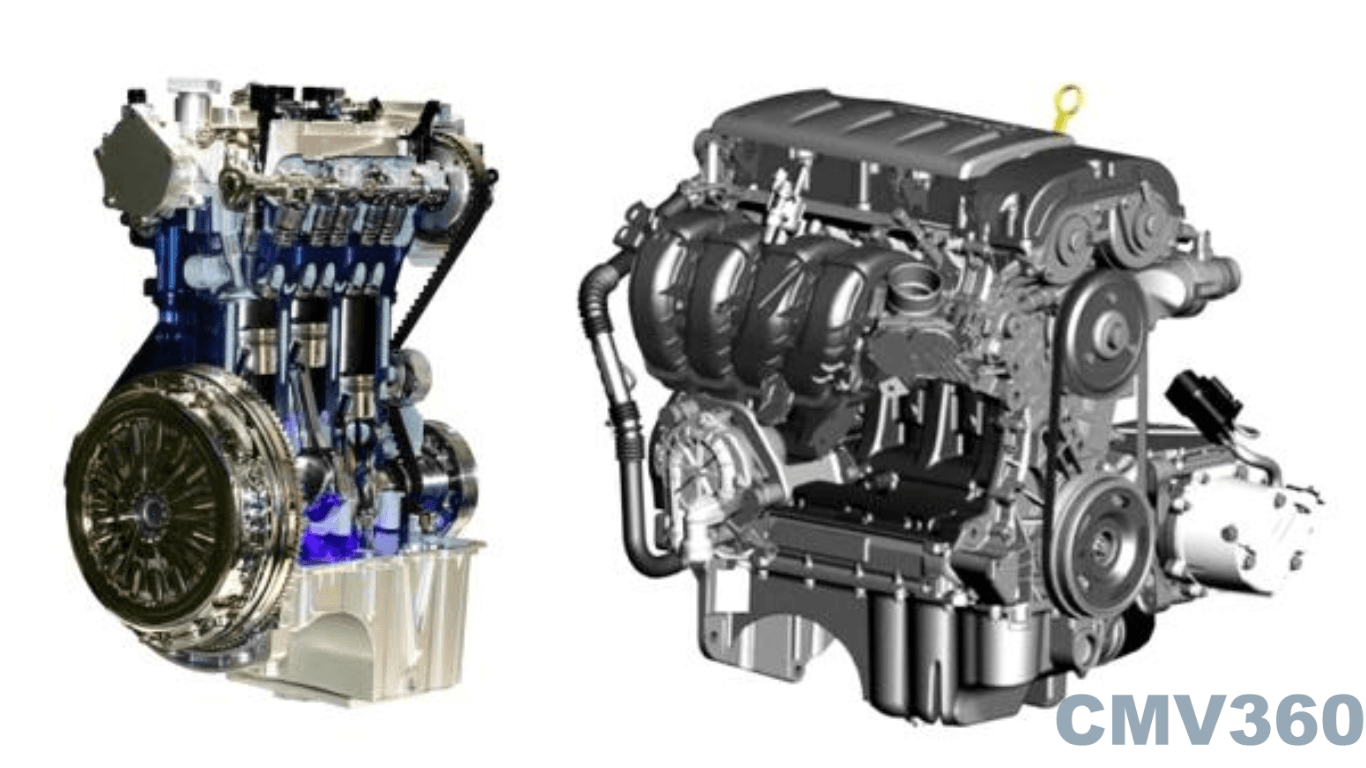
Comparative Analysis: 3 Cylinder vs 4 Cylinder Engines
To provide a comprehensive understanding of the differences between 3-cylinder and 4-cylinder engines, let us delve deeper into their comparative analysis across various parameters.
Power and Performance
4-cylinder engines, owing to their additional cylinders, offer superior power and performance compared to their 3-cylinder counterparts. The increased number of cylinders allows for a more balanced power delivery across different RPM ranges, ensuring consistent performance even under varying loads and conditions. On the other hand, 3-cylinder engines, while efficient for light to medium-duty tasks, may lack the horsepower and torque required for heavy-duty agricultural operations.
Energy Utilization
In terms of energy utilization, 4-cylinder engines outshine 3-cylinder engines due to their enhanced power output and efficiency. The additional cylinders enable 4-cylinder engines to generate more power per combustion cycle, resulting in better energy utilization and overall performance. This makes them ideal for demanding tasks that require sustained power and efficiency over extended periods.
Engine Size
One notable advantage of 3-cylinder engines is their compact size, which allows for easier integration into smaller tractor models and tight spaces. This makes them suitable for applications where space constraints are a concern, such as compact farming operations or landscaping tasks. In contrast, 4-cylinder engines, while larger in size, offer greater power and versatility, making them well-suited for medium to large-scale agricultural operations that demand robust performance and handling of heavy loads.
Noise Levels
Noise levels represent another distinguishing factor between 3-cylinder and 4-cylinder engines. Due to their lighter build and higher vibration levels, 3-cylinder engines tend to produce more noise during operation compared to their 4-cylinder counterparts. This may impact operator comfort and contribute to fatigue during prolonged use. In contrast, 4-cylinder engines, with their smoother operation and reduced vibration, offer quieter performance, enhancing the overall user experience and comfort.
Cost Considerations
When it comes to cost considerations, 3-cylinder engines hold an advantage over 4-cylinder engines due to their simpler design and reduced manufacturing costs. The lower number of components and reduced material requirements make 3-cylinder engines more cost-effective to produce, resulting in lower upfront costs for tractors equipped with such engines. This makes them an attractive option for budget-conscious farmers and businesses seeking reliable yet economical machinery.
Maintenance Requirements
In terms of maintenance requirements, 3-cylinder engines may offer some advantages over 4-cylinder engines due to their simpler design and fewer components. With fewer parts to maintain and service, 3-cylinder engines may attract lower maintenance costs over their lifespan compared to 4-cylinder engines. However, it is essential to note that maintenance requirements may vary depending on factors such as operating conditions, usage patterns, and maintenance practices employed.
Also Read: Tractor PTO: Understanding Its Types, Significance, Applications, & Advantages in Farming
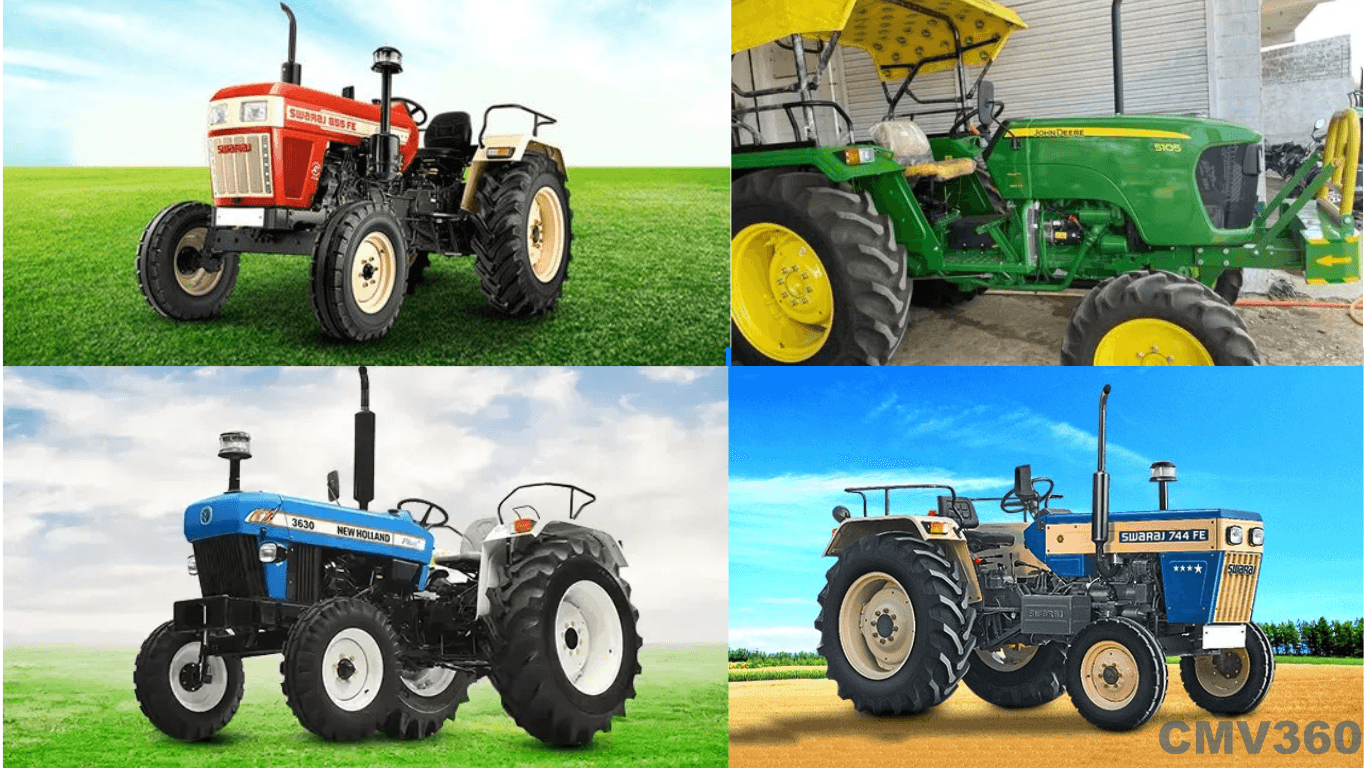
Tractors that have 3-Cylinder Engine
Tractors equipped with three-cylinder engines offer a balance of power, efficiency, and versatility, catering to diverse agricultural needs. Models like the Swaraj 855 FE and the Swaraj 744 FE stand out for their reliability and performance, making them popular choices among farmers. The New Holland 3630 TX Plus and the John Deere 5105 boast three-cylinder engines, combining robustness with advanced technology for enhanced productivity on the field. Mahindra's Oja 3140 and Sonalika's DI 35 also feature three-cylinder powerplants, providing optimal power-to-weight ratios and fuel efficiency. These tractors are engineered to handle a variety of tasks with ease, ensuring efficiency and durability for farmers across different agricultural operations.
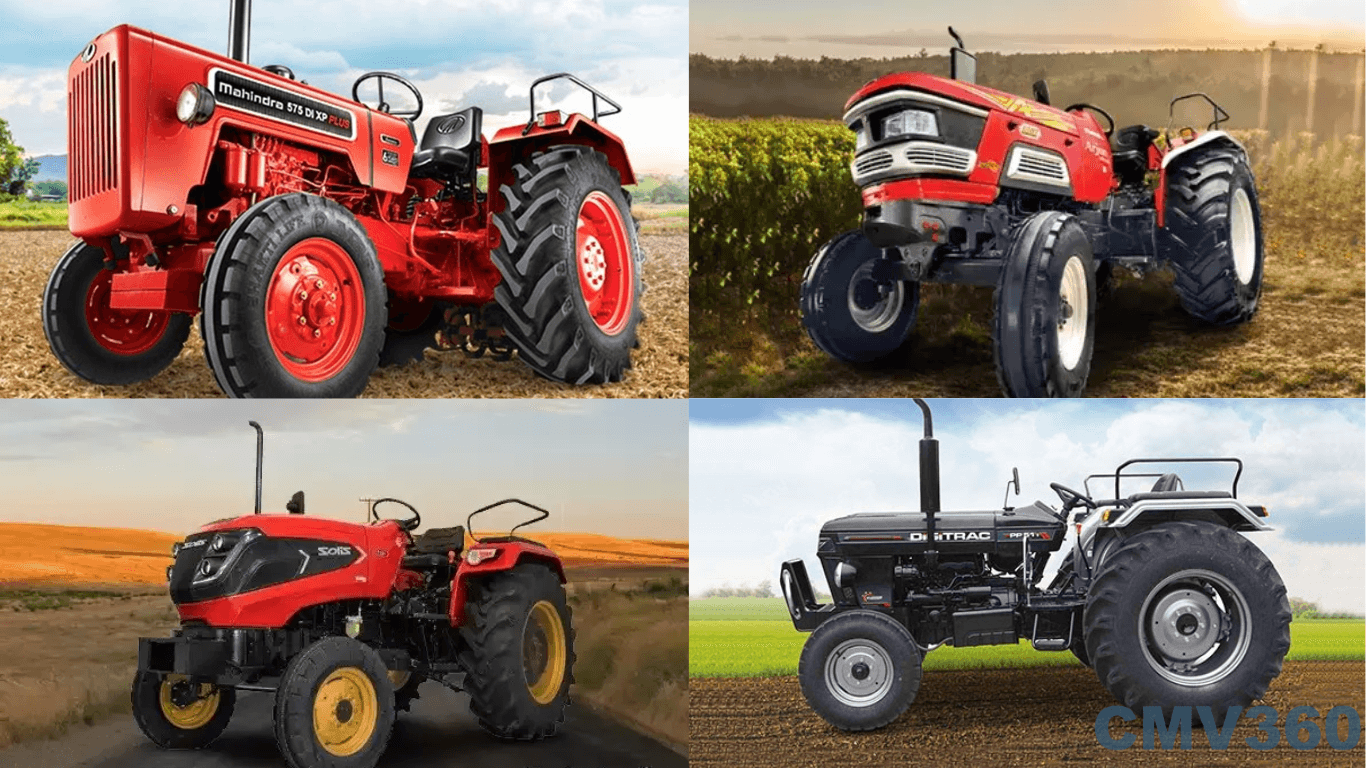
Tractors that have 4-Cylinder Engine
Tractors equipped with four-cylinder engines offer enhanced power and performance, making them ideal for tackling heavy-duty agricultural tasks with ease. Models like the Mahindra 575 Di Xp Plus and the Mahindra Arjun 605 DI PP are renowned for their robustness and versatility, capable of handling various farming applications efficiently. The Solis 6024 S and the Kubota MU 5502 feature four-cylinder powerplants, delivering superior torque and traction for increased productivity in the field. Additionally, the Digitrac PP 51i and the Kubota MU4501 boast four-cylinder engines, offering farmers reliable performance and durability to meet their demanding agricultural needs. These tractors are designed to provide optimal efficiency and performance, ensuring farmers can accomplish their tasks effectively while maximizing productivity.
Also Read: Harnessing Solar Energy for Agricultural Advancements in India | Uses & Applications
CMV360 Says
The choice between a 3-cylinder and 4-cylinder tractor engine depends on various factors, including operational needs, budget constraints, and efficiency priorities. While 4-cylinder engines offer superior power, performance, and versatility, they come at a higher cost and may consume more fuel. On the other hand, 3-cylinder engines provide cost-effective solutions with better fuel efficiency and compact size, making them suitable for light to medium-duty tasks.
Ultimately, farmers and businesses should carefully evaluate their requirements and priorities to select the most suitable tractor engine configuration that aligns with their specific needs and objectives. Whether it's the compact and economical 3-cylinder engine or the powerful and versatile 4-cylinder engine, both options have their place in modern agriculture, serving as key allies in the quest for productivity, efficiency, and sustainability.
Features & Articles
Comprehensive Guide to Tractor Transmission System: Types, Functions, and Future Innovations
Learn about tractor transmission types, components, functions, and selection factors to enhance efficiency, performance, and agricultural productivity....
12-Mar-25 09:14 AM
Read Full NewsModern Tractors and Precision Farming: Transforming Agriculture for Sustainability
Precision farming enhances agriculture by integrating GPS, AI, and modern tractors for sustainable, efficient, and productive farming practices in India....
05-Feb-25 11:57 AM
Read Full NewsTop 10 Tractors Under 30 HP in India 2025: Guide
Top 10 tractors under 30 HP in India offer efficiency, affordability, and power, ideal for small farms with diverse agricultural needs....
03-Feb-25 01:17 PM
Read Full NewsNew Holland 3630 TX Super Plus vs Farmtrac 60 PowerMaxx: Detailed Comparison
Compare New Holland 3630 and Farmtrac 60 tractors by specs, price, and features to find the perfect fit for your farm....
15-Jan-25 12:23 PM
Read Full NewsSwaraj 735 FE Vs Eicher 380 2WD Prima G3: Detailed Comparison
The Swaraj 735 FE and Eicher 380 2WD Prima G3 are reliable, powerful tractors suited for various farming tasks....
14-Jan-25 09:41 AM
Read Full NewsHow to Choose the Perfect Tractor for Your Farm: A Comprehensive Guide
Choose the right tractor by assessing farm needs, horsepower, efficiency, comfort, and budget to enhance productivity and savings....
09-Jan-25 09:43 AM
Read Full NewsAd
Ad
As featured on:


Registered Office Address
Delente Technologies Pvt. Ltd.
M3M Cosmopolitan, 12th Cosmopolitan,
Golf Course Ext Rd, Sector 66, Gurugram, Haryana
pincode - 122002













